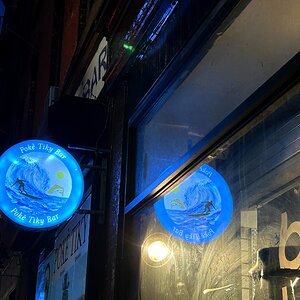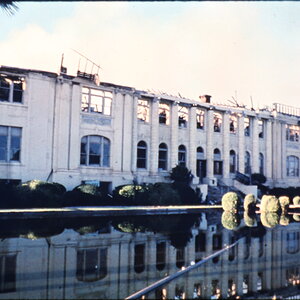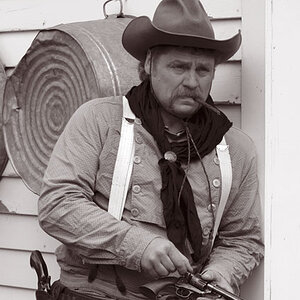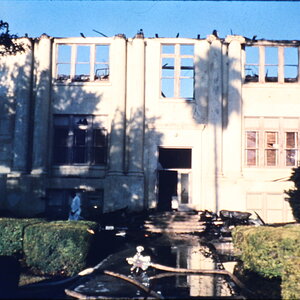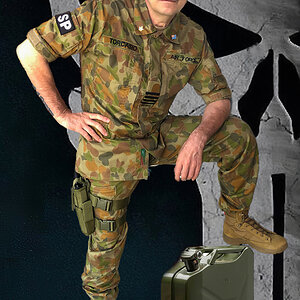Compaq
Been spending a lot of time on here!
- Joined
- Aug 29, 2010
- Messages
- 3,400
- Reaction score
- 657
- Location
- Norway
- Can others edit my Photos
- Photos OK to edit
I've been trying alone at printing for the first time, today. Quite fun. I made some new fix solution, as the current one was OLD. It said 2008 on it. I think the developer was a year or two old as well, but I didn't find the chemicals for making new one. Note made to darkroom boss 
Anyway, back to the printing. A little bit of my experience before the stupid question. I did as I was taught: I did a test print with different exposures (in two-second intervals) to find a good exposure time. Then I did a new one and got what what seems like decent results. I'm guessing the quality of the negative here will play a major role on the final result. I used a negative that I lost outside and didn't find until after two days...in the snow. I like many of those shots, and tried to print a "portrait" of a friend I took when the student gang went on a trip to the woods one Sunday. This one turned out pretty flat. I think that could have been a nice portrait. Good focus (larger print), nice dof and I like the person is basically filling the frame with head and some of torso. If I had this one digitally, I could add some contrast to it, which is basically just what it needs, imo.
And then I had some good negatives, and tried to print those. Decent contrast. I would prefer a little more contrast, but I'm not sure how to get that. I've read that underexposing the film and overdeveloping it will give higher contrast, but I don't want to underexpose every film. Then there are these colour filters that are on the enlarger, but I don't know how to use them (red, blue and yellow was set to 0 (zero)). Then there's selective development of the film, but that seems overly advanced for a beginner. I'm sure there are other ways to get more contrast in the prints as well.
Feel free to comment on what I've written above as well as the stupid question that will follow :thumbsup:
I developed in some old AGFA Neutol. Developing time was ranging from 20 seconds to three minutes, so apparently I need to adjust the exposure to my different negatives The paper used was Ilford multi grade IV RC paper. As stop bath I just used water (maybe not the most accurate way) and AGFA fix (for film and paper) for fix (1+7= 30-60 secs).
The paper used was Ilford multi grade IV RC paper. As stop bath I just used water (maybe not the most accurate way) and AGFA fix (for film and paper) for fix (1+7= 30-60 secs).
Soo, the stupid question. Once my prints are dry.........how would I store them :lmao:?? Should I buy albums? Should I keep them in small plastic things? How do you store them?
Thanks for reading and helping a n00b out
Anyway, back to the printing. A little bit of my experience before the stupid question. I did as I was taught: I did a test print with different exposures (in two-second intervals) to find a good exposure time. Then I did a new one and got what what seems like decent results. I'm guessing the quality of the negative here will play a major role on the final result. I used a negative that I lost outside and didn't find until after two days...in the snow. I like many of those shots, and tried to print a "portrait" of a friend I took when the student gang went on a trip to the woods one Sunday. This one turned out pretty flat. I think that could have been a nice portrait. Good focus (larger print), nice dof and I like the person is basically filling the frame with head and some of torso. If I had this one digitally, I could add some contrast to it, which is basically just what it needs, imo.
And then I had some good negatives, and tried to print those. Decent contrast. I would prefer a little more contrast, but I'm not sure how to get that. I've read that underexposing the film and overdeveloping it will give higher contrast, but I don't want to underexpose every film. Then there are these colour filters that are on the enlarger, but I don't know how to use them (red, blue and yellow was set to 0 (zero)). Then there's selective development of the film, but that seems overly advanced for a beginner. I'm sure there are other ways to get more contrast in the prints as well.
Feel free to comment on what I've written above as well as the stupid question that will follow :thumbsup:
I developed in some old AGFA Neutol. Developing time was ranging from 20 seconds to three minutes, so apparently I need to adjust the exposure to my different negatives
 The paper used was Ilford multi grade IV RC paper. As stop bath I just used water (maybe not the most accurate way) and AGFA fix (for film and paper) for fix (1+7= 30-60 secs).
The paper used was Ilford multi grade IV RC paper. As stop bath I just used water (maybe not the most accurate way) and AGFA fix (for film and paper) for fix (1+7= 30-60 secs).Soo, the stupid question. Once my prints are dry.........how would I store them :lmao:?? Should I buy albums? Should I keep them in small plastic things? How do you store them?
Thanks for reading and helping a n00b out


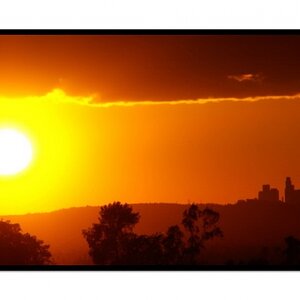
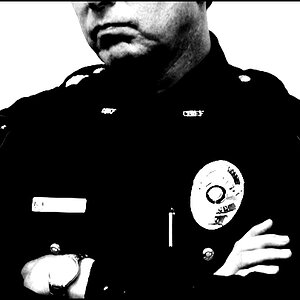
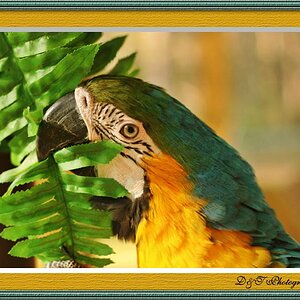
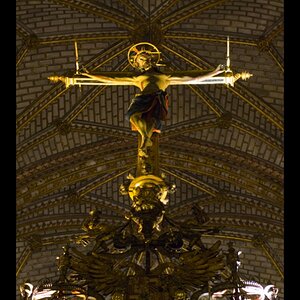
![[No title]](/data/xfmg/thumbnail/33/33358-426ca644c08fb31a8cc23232f17de8dd.jpg?1619735922)

